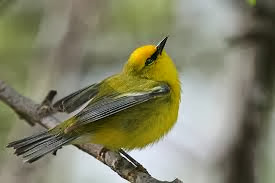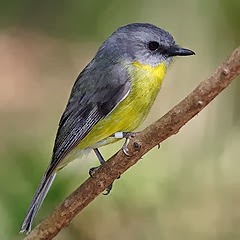How do we nourish and sustain relationships with family and friends? Often we attempt to provide a lighthouse for those we care about.
If frustrated with their choices, we rush into the turbulence with lifeboats.
Too many buoys thrown in the water conk some strugglers in the head. Canoes require collaboration and tip easily. We have learned not to send a sailboat into a tsunami.
Exhausted, we climb back into the lighthouse and dust the lens. Sometimes we call for a tugboat to get everyone past the harbor. We breathe and hope for a change in the weather.
Reciprocity rules in relationships that last. We also thrive in a reciprocity with writing. For writing to nurture us, we desire the thrills and rhythm to sustain our sense of direction.
Writing must provide support as we struggle through the fog. Often this relationship feels unrequited. We push and push clutching for words that drown beyond our reach.
Similar to our relationships with others, we must figure out for ourselves what Aristotle meant by, “Know thyself.” What do we know about our individual strengths and challenges when churning in a wordless maelstrom? We need to re-create our self-assurance and find a Positive to remind us what works. A “learn thyself” process keeps us going.
Nine Preparations for inclement weather:
1. Stock your own life raft while the sun shines. What are your best resources? During the times of flow, write down what works for you. What have you done “this time” to push beyond?
2. Challenge yourself to discover ways to return to the page or screen. Turn up the music. Sit there and let fingers fly without worry about the result. Don’t become anxious to create a finished piece.
3. Learn your rhythm. Chart your mind’s peaks and valleys by week. Give yourself a day of rest and read a variety of words. Choose words that amuse or amaze. Write one word or one sentence on colored cards.
4. As you begin to learn about yourself, consider: Does creativity increase the closer you get to the deadline? Can you count on this? What other ways could you manage your creativity? Consider setting an earlier deadline to trick the “procrastinating creative.”
5. When frustration floods, return to research and information gathering. Write a letter to your writing as a friend. Ask this pal for help.
6. Most breakthroughs occur when you move away from the project. Take a walk. Write about forces of nature deal with weather.
7. Consider improbable connections. Let your ideas rearrange in kaleidoscopic fashion.
8. Write your process for all writing projects. Notice it does not progress in a linear fashion. This will become your Best Friend.
9. Create your own metaphor for struggle. Consider your greatest accomplishment and how you achieved it. Use all your senses to recall it in detail.



